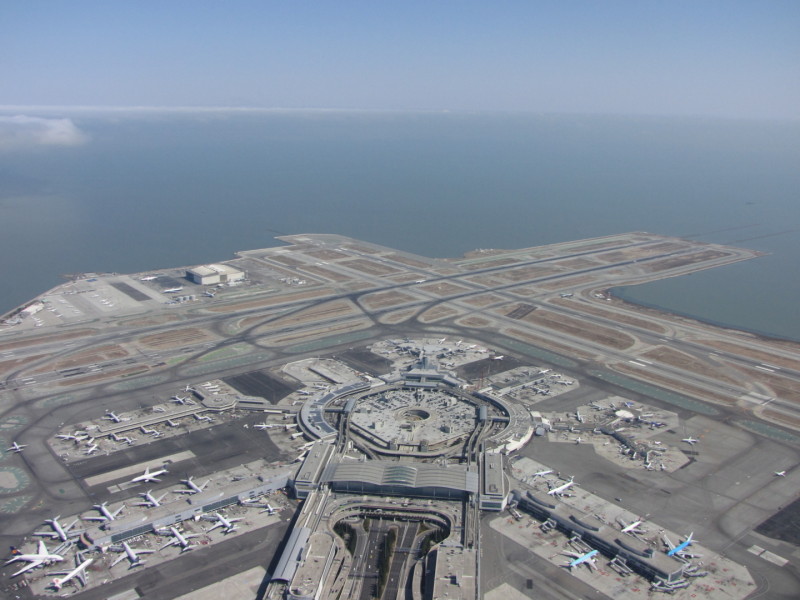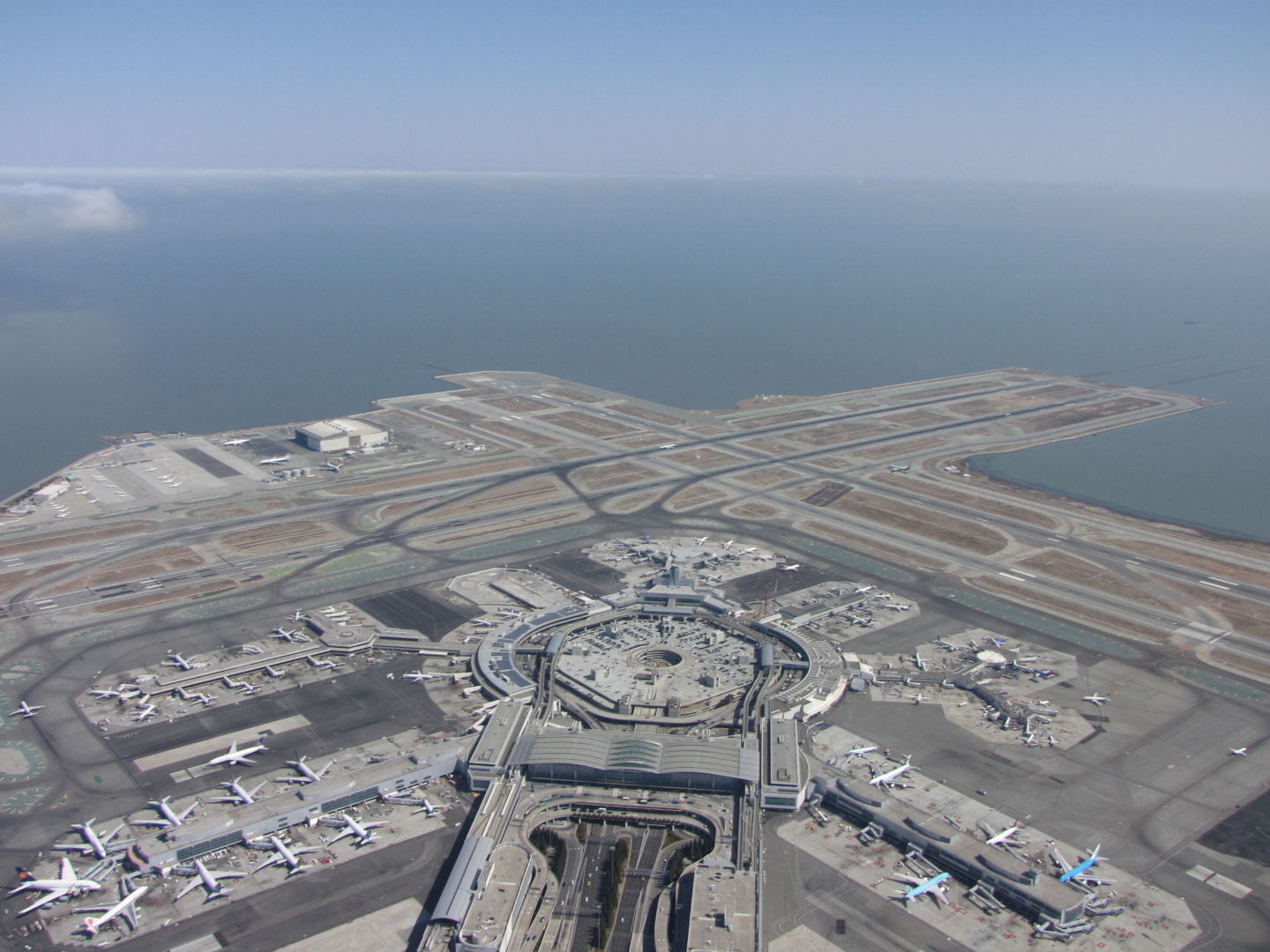The pilot of an Air Canada plane carrying 140 passengers made a last-minute maneuver Friday night to avoid landing on a San Francisco International Airport taxiway where four passenger jets were lined up to take off.
FAA Investigates Why Jet Nearly Landed on Other Planes at SFO

FAA Investigates Why Jet Nearly Landed on Other Planes at SFO
The Federal Aviation Administration said Tuesday it is investigating why the pilot mistakenly lined up to land on the taxiway instead of the runway just to the left. An air traffic controller ordered the Airbus 320 to abort and circle for another landing, which it did without incident.
Aviation-safety consultant Todd Curtis called the incident “definitely a serious event since a landing on an active taxiway could lead to a catastrophic accident.”
In audio posted on liveatc.net, which records flight communications, the pilot on the plane from Toronto and the air traffic controller sounded calm as the incident unfolded.
Listen to audio between air traffic control and pilots below.
SFO Air Traffic Control
At first, the pilot said he sees “some lights on the runway,” apparently alluding to planes on the taxiway, the aviation equivalent of feeder roads that planes use to roll between runways and terminals.
The controller assures the pilot there is no one on the runway. Seconds later, another voice — apparently one of the pilots on the taxiway — interjects “Where’s this guy going? He’s on the taxiway.”
The controller orders the Air Canada jet to “go around,” and the pilot acknowledges the command.
Roughly 30 seconds later, a United Airlines pilot on the taxiway says the jet “flew directly over us.”
FAA spokesman Ian Gregor wouldn’t comment on how close Air Canada Flight 759 from Toronto came to disaster, citing the ongoing investigation.
The incident, which Air Canada says it is investigating, was first reported Monday by the Bay Area News Group.
It is rare for pilots to mistake a taxiway for a runway and when it happens it usually involves small planes at smaller airports. Taxiways do not have the same distinctive markings and lighting that appear on runways.
Earlier this year, actor Harrison Ford flew over an airliner and landed his small plane on a taxiway at John Wayne Airport in Southern California. The FAA did not sanction Ford.
Collisions on the ground are particularly dangerous because planes waiting to take off are loaded with fuel. The worst crash in aviation history occurred in 1977 when a KLM Boeing 747 taking off in the Canary Islands plowed into a Pan Am 747 that was waiting to take off; 583 people died in the crash and fires.
In December 2015, an Alaska Airlines Boeing 737 landed on a central taxiway at Seattle-Tacoma International Airport. No one was injured.
Several aviation safety experts noted that while safety systems did work in the end, the incident was serious and could have produced a devastating accident.
Investigators will focus on “how did this series of errors occur, and why didn’t safeguards kick in earlier than they did?” said John Cox, a safety consultant and retired airline pilot.
Cox said it was likely that even if the air traffic controllers didn’t order the Air Canada plane to pull up and make another approach, the crew would have seen planes on the taxiway in time to avoid landing on them.
He said pilots practice low-altitude go-arounds and can perform them even 20 or 30 feet above the ground.
Investigators will be able to determine the Air Canada plane’s altitude and exact location using the flight-data recorder.
Chris Manno, an American Airlines pilot for 32 years who regularly lands in San Francisco, agreed that a crash was unlikely even without a command to go around.
The pilot “is not just blindly going to say I’m going to land on these aircraft,” he said.
Curtis said it was impossible to know how often commercial pilots line up their landing for a taxiway instead of a runway because government databases only capture that if there is an accident or serious incident.
A spokesman for San Francisco’s airport declined to comment.
Pritchard reported from Los Angeles. Associated Press Airlines Writer David Koenig contributed from Dallas.
Contact Justin Pritchard at https://twitter.com/lalanewsman.


